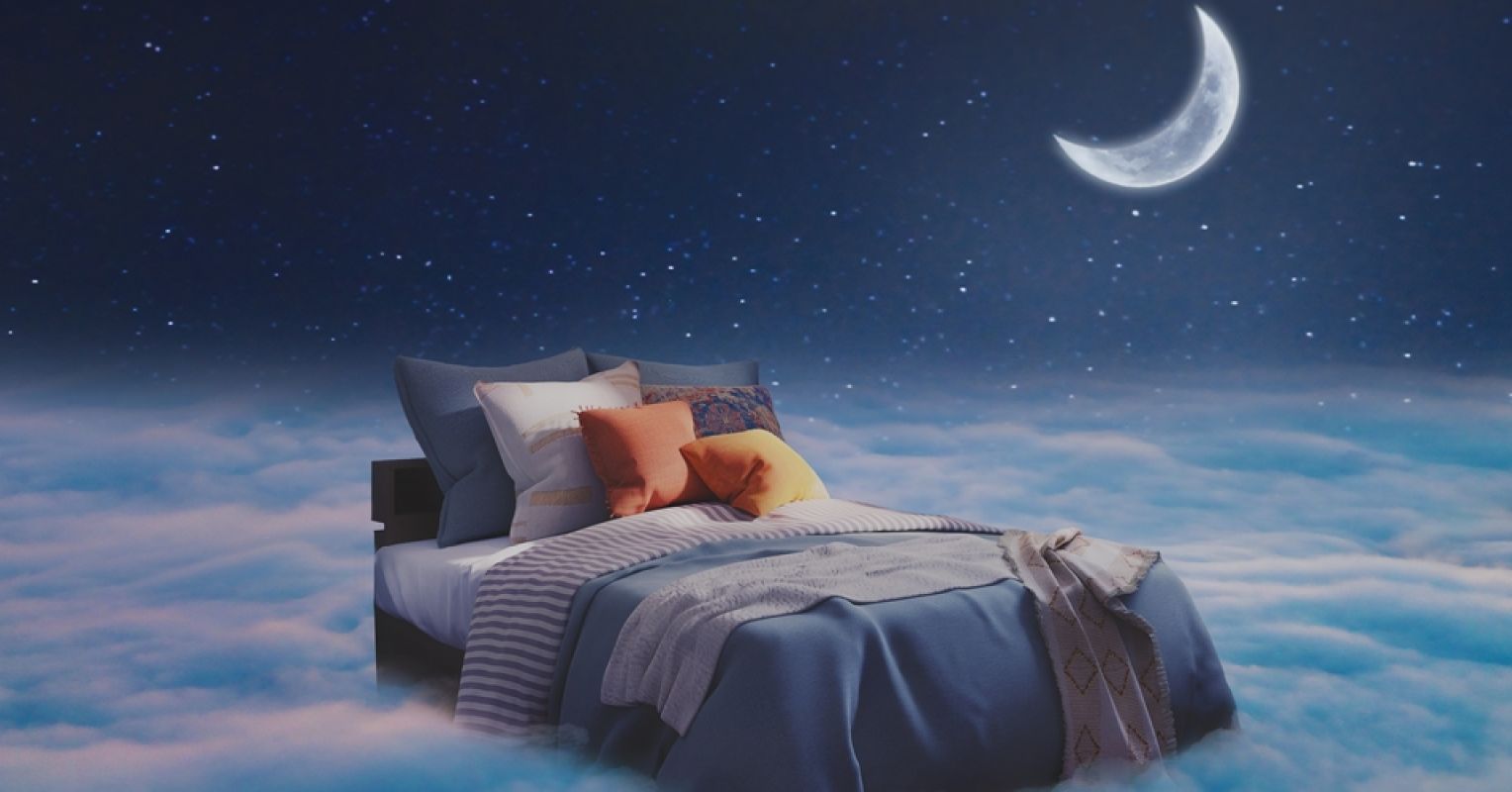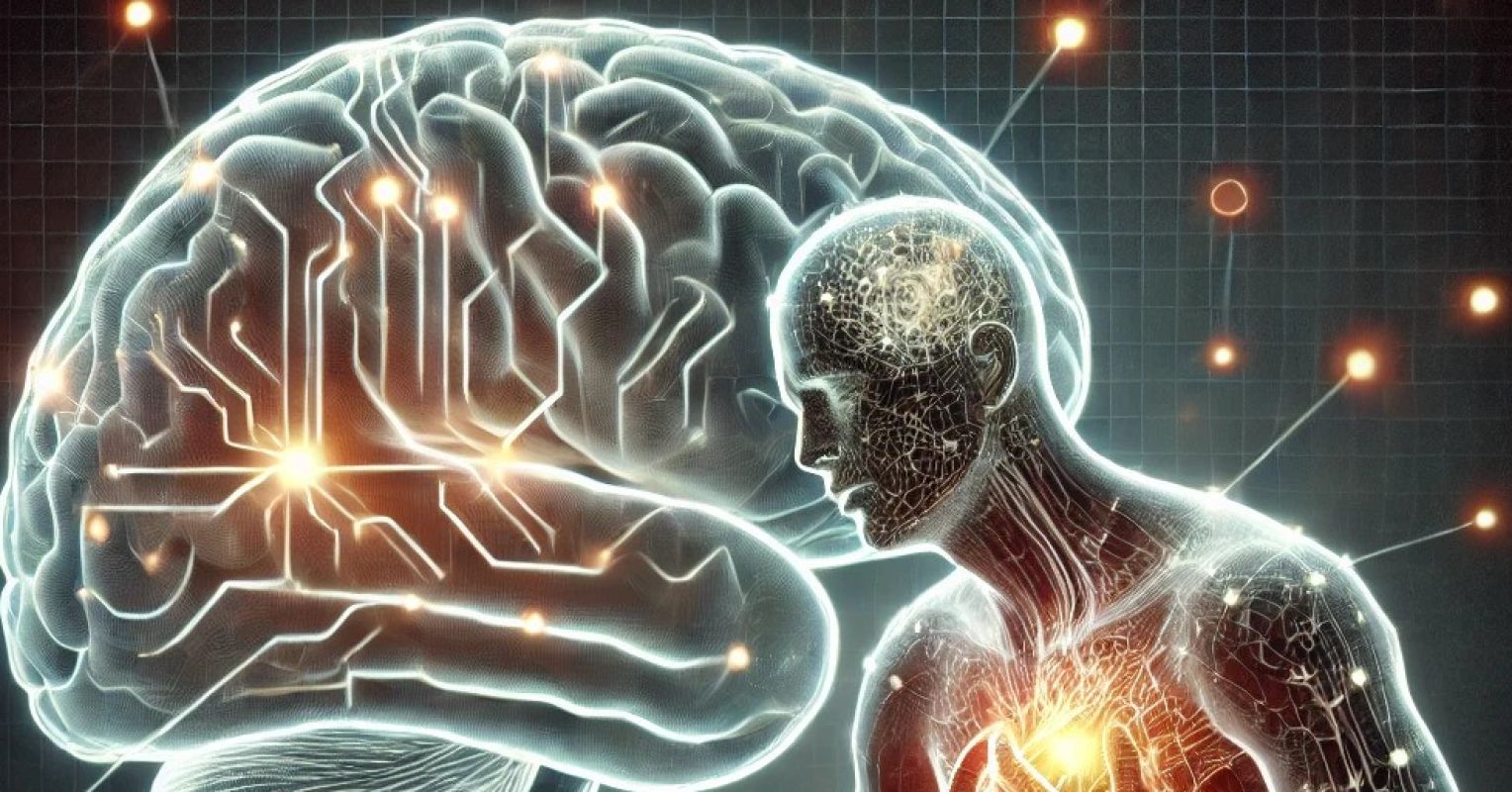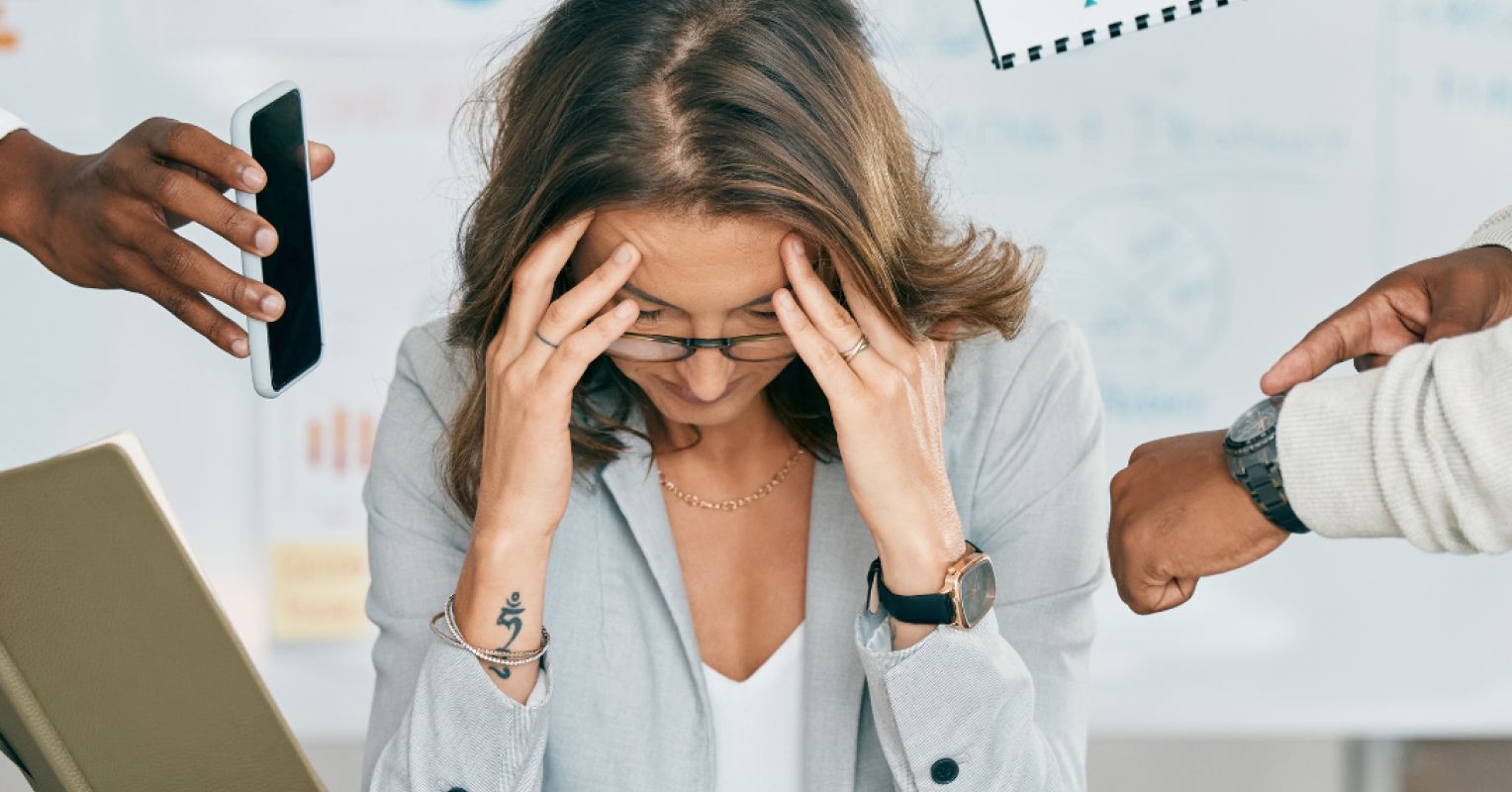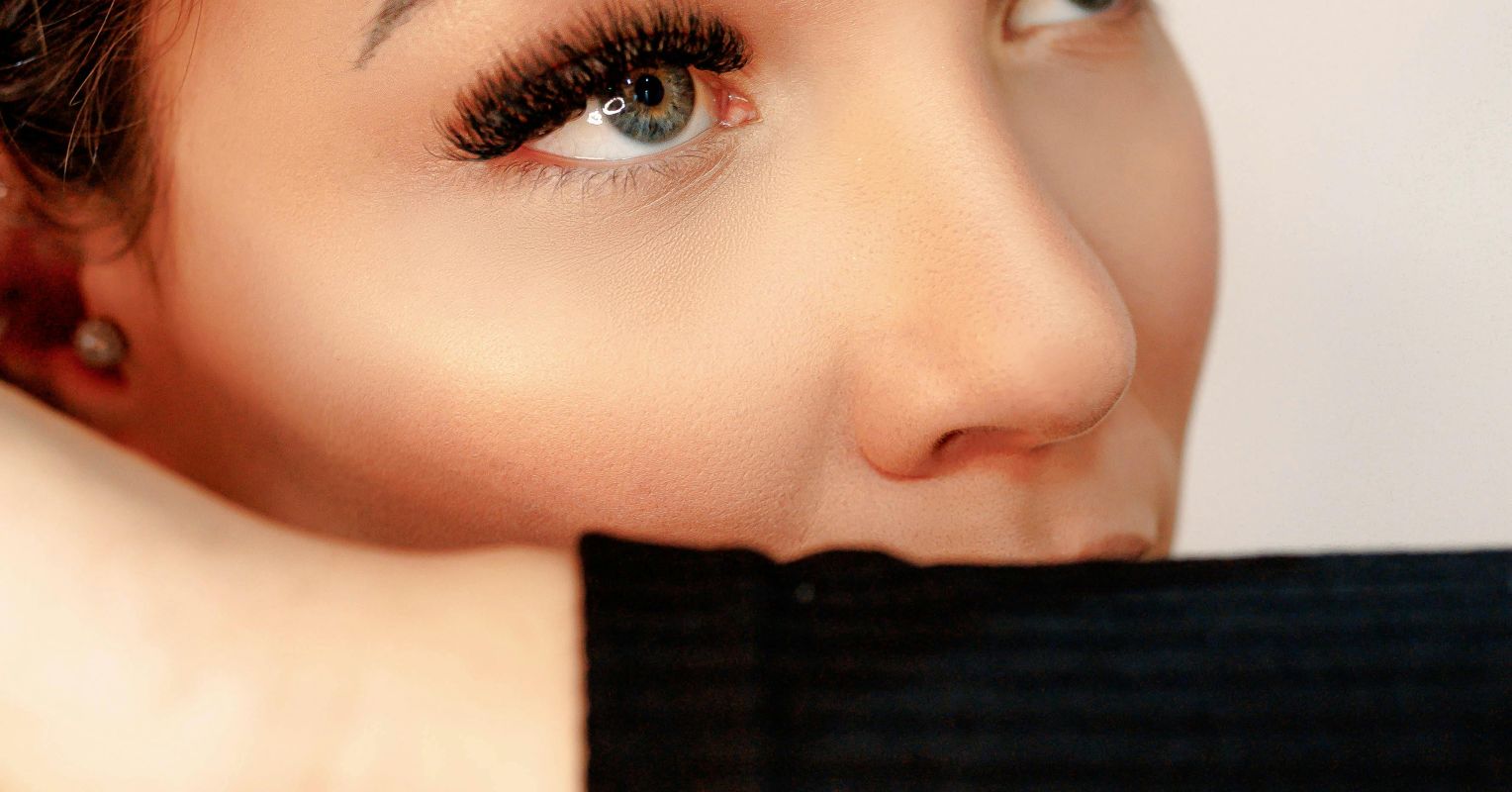Co-authored by John Richmond Sy, Jessee Dietch, and Kathleen Bogart
The power of patient communities in advocating for their needs and building collective knowledge is immense. A prime example is the rare disorder community.
Rare disorders, affecting fewer than 200,000 Americans each, collectively impact one in ten people in the United States. Rare diseases are sometimes called “orphan diseases,” referring to the fact that they are frequently understudied in the medical community.
One such orphan disease is Moebius syndrome—a disorder characterized by facial paralysis and restricted eye movement. Thirty years ago, two mothers of children with Moebius syndrome started a foundation so that those affected by Moebius syndrome could have a community. This foundation has since grown to offer global support.
Anecdotal reports of sleep disturbances—nightmares, night terrors, and insomnia—have been common topics at foundation conferences and on social media. Yet despite community members’ experiences, scientific research on sleep issues in Moebius syndrome has been sparse. The few existing studies were either small-scale or outdated, leaving many questions unanswered.
Recognizing the need for more comprehensive research, the Moebius Syndrome Foundation created a grant program to fund Moebius syndrome sleep research. Our research team answered that call in our recently published study.
Survey on Sleep Among People with Moebius Syndrome
Our study consisted of two phases. In the first phase, 46 individuals with Moebius syndrome and 17 caregivers of children answered a series of questionnaires about their sleep. We found that, compared to the general U.S. population, adults with Moebius syndrome had higher rates of probable sleep-disordered breathing, insomnia, cataplexy (i.e., sudden muscle weakness in response to strong emotion), and daytime sleepiness.
Parasomnias—a category of sleep disorders that are characterized by unusual behaviors, movements, and perceptions that occur during or right before sleep—were unusually common in our participants. In fact, 61 percent of participants in our study screened positive for REM sleep behavior disorder—a sleep disorder characterized by acting out or vocalizing dreams during REM sleep—which was substantially higher than the 1 to 6 percent in the general U.S. population.
Twenty-two percent of participants screened positive for probable nightmare disorder, compared to 2 to 8 percent in the U.S. population. Our participants also frequently experienced other parasomnias including sleep talking, sleep terrors, grinding teeth, sleepwalking, and periodic limb movements.
There were psychological ramifications as well. Adults and children with Moebius syndrome had higher rates of anxiety, depression, and perceived stigma.
All in all, the results of the first phase sounded the alarm for the urgent need to find ways to improve the sleep health of the Moebius syndrome community. This became the goal for phase 2: to go in-depth and identify common threads that could help us (and future researchers) find potential treatments for these sleep issues.
A Deep Dive Sleep Study
During the second phase of the study, we invited participants from the first phase with higher than average sleep disturbance or daytime sleepiness for a more thorough look at their sleep. This phase of the study included 14 days of sleep tracking through a sleep diary, an actigraph (i.e., a research-grade sleep tracker worn on the wrist, not unlike a smartwatch), and two days of single-channel electroencephalography (EEG). Afterwards, we interviewed them about their personal experiences with sleep which also included a clinical assessment to identify potential sleep disorders.
Similar to responses from phase 1, sleep difficulties were common among our interviewees. Some shared that they never really get “good” sleep. All of our interviewees shared that they’ve had sleep issues since childhood, particularly nightmares. Most of them still reported experiencing parasomnias to this day; with sleepwalking and sleep terrors being the most common.
Participants had tried “almost everything” to improve their sleep but had little success. Because of the poor sleep, their health, quality of life, and social lives were profoundly affected. One person shared that she often had to cancel plans because she was too sleepy to drive safely.
The frequency of parasomnias and other sleep problems in our sample begs the question: What is the underlying cause of these issues? Could physical and neurological differences underlying Moebius, like abnormalities in the brainstem, also be responsible for sleep problems? The anxiety, depression, and stigma experienced by our participants could also be a cause of sleep problems, as well as a symptom, potentially creating a self-perpetuating cycle.
Community Can Drive Research Forward
Our study revealed how common sleep issues are within the Moebius syndrome community. There is a need to tailor treatment to each person’s specific needs via a multidisciplinary team, which may include some of the following: sleep medicine doctors; behavioral sleep psychologists; ear, nose, and throat doctors; pulmonologists; and dentists. Behavioral interventions such as cognitive behavioral therapy for insomnia and nightmares are well-supported in their effectiveness and can be an opportunity for psychologists to improve the lives of individuals with Moebius syndrome.
We hope that this study can spark conversation, validate experiences, and let community members who experience these sleep disturbances know that they are not alone. Still, follow-up work is needed to understand the underlying causes and potential interventions for the sleep problems we identified. (Indeed, the Moebius Syndrome Foundation welcomes grant applications for researchers interested in continuing this work.)
More broadly, our research illustrates how patient communities can unite to address challenges and foster meaningful research partnerships. Our community-driven research story serves as a reminder to marginalized groups: your community’s collective voice can drive significant and impactful research.
John Richmond Sy, Ph.D., is a recent graduate of Oregon State University’s School of Psychological Science Ph.D. program. He researches health and health behaviors from a systems perspective. He is particularly interested in how interpersonal and social patterns promote or suppress health behavior engagement.
Jessee Dietch, Ph.D., DBSM, is a licensed clinical psychologist certified in behavioral sleep medicine. She is currently an Assistant Professor of Psychology at Oregon State University where she directs the Sleep Health Assessment, Intervention and Dissemination (SHAID) lab. Her research interests primarily focus on developing, testing, and disseminating behavioral sleep medicine interventions for sleep problems like insomnia, shift work, and nightmare disorders.




